By BloggerKhan
Posted in General Business & Technology | Tags : best, permalink, seo friendly, settings, structure, woocommerce, wordpress
If you are a WordPress geek you may be wondering about the best permalink structure for SEO. A permalink is the link to an individual blog post. It is intended to remain unchanged for many years into the future, yielding a hyperlink that is less susceptible to link rot. Permalinks are often rendered simply, that is, as friendly URLs, so as to be easy for people to type and remember. They are also what search engines index your post with and other websites use to link to your website. It is important how you define it but there is no single good way of defining your permalinks.
WordPress offers a default permalink link structure:
You can find it here: Dashboard > Settings > Permalink
Simply click on Settings link in the admin menu and then click on Permalinks. This will take you to a page that looks like this:
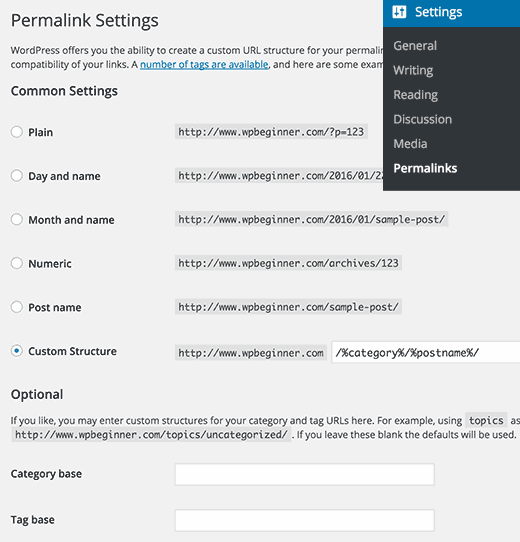
WordPress automatically enables the default permalink structure after installation. The number that is used in the default permalink advises WordPress where the content can be found in your database. To be more specific, the number refers to the ID of the table row in the wp_posts table of your WordPress database (the table prefix for your website will be different if you changed it during the installation process). For example, http://www.yourwebsite.com/?p=50 would refer to the 50th row in your website’s wp_posts table and http://www.yourwebsite.com/?page_id=100 would refer to the 100th.
The default permalink structure is not user-friendly. It is better to refer a visitor to a URL such as http://www.yourwebsite.com/big-news-story/ than http://www.yourwebsite.com/?page_id=54367.
The default permalink structure is not SEO Friendly. The day and name option is somewhat SEO friendly as it has the post name in it. However, with dates, the URL becomes too lengthy. Also after some time your content seems outdated, even if you regularly update it. Similarly, the month and name option also runs the risk of being dated.
If you’re a news publication, then you want to have the dates in your URL to show the recency and improve the user experience.
In our opinion, those two structures are only good for news sites. Business sites that are hoping to create ever-green content should avoid it.
Post name option is the most SEO friendly because it is short and pretty. If you are running a larger publication, then you can use a custom structure that can also be SEO friendly.
Create Custom Structure:
Pretty permalink structures need to include either the post name (%postname%) or the post ID (%post_id%). The post slug refers to the last part of your permalink. It can be edited directly through the post editor.
There are plenty of other combinations you can create using tags.
Technically, you could use a permalink structure such as month and name without using %postname% or %post_id% (i.e. /%year%/%monthnum%/). This would only function correctly if you published one article per month. If two articles were published in a given month, they would both have the same URL. The result is that all articles from that month would be published on the same URL, therefore you would be unable to actually view any post on its own.
Tips to make SEO friendly permalinks:
1) Use Single Domain or Sub-domain
It has been observed that users have lost traffic after moving content from one site to another. Whatever heuristics the search engines use to judge whether content should inherit the ranking ability of its parent domain seem to have trouble consistently passing to sub-domains.
This does not mean it will not work. If the only option is to have WordPress in a sub-domain then do so. Better than not having a blog. But your blog is far more likely to perform well in rankings if it’s all together on one sub and root domain.
2) Reduce use of parameters
Ex: http://www.xyz.com/user?user_id=1
For the sake of a good Permalink structure one should avoid using URL parameters. If you have more than two URL parameters, it’s probably worth making a serious investment to rewrite them as static, readable, text.
Most CMS platforms like WordPress have become savvy over the years, but a few laggards remain. Some of the dynamic parameters are used for tracking clicks and some to pass data to successive pages. In general, these don’t cause a huge problem, but they may make for somewhat unsightly and awkwardly long URLs. Use your own judgement whether the benefits of tracking parameters outweigh the negatives.
3) Use simple permalinks (domain.com/postname)
In WordPress default Permalink structure Post name option is the most SEO friendly because it is short and pretty. The users who are running a larger publication, then you can use a custom structure that can also be SEO friendly. Normally, the users uses a custom permalink structure that adds a category name along with the post name in the URL. You will see larger publications follow a similar URL structure.
In order to use a custom URL structure, you will need to add special tags in the custom structure box. For example, we use:
/%category%/%postname%/
Notice how each tag is wrapped between percent signs. Also notice the trailing slashes / before, after, and between the tags.
4) Prefer dashes over underscores
SEO Analysts recommend that you avoid underscores as word separators in URLs though over the last few years, search engines have successfully overcome this issue and now treat underscores and hyphens similarly and equally.
Spaces can work, but they render awkwardly in URLs as %20, which detracts from the readability of your pages. Try to avoid them if possible (it’s usually pretty easy in a modern CMS).
5) Remove stop words from permalinks (such as “is” or “are)
If the website has stop words (and, or, but, of, the, a, etc.) in their title or header, it’s not critical to put them in the URL. You don’t have to leave them out, either, but it can sometimes help to make a URL shorter and more readable in some sharing contexts. Use your best judgement on whether to include or not based on the readability vs. length.
You can see in the URL of this particular post you’re now reading, for example, that I’ve chosen to leave in “for” because I think it’s easier to read with the stop word than without, and it doesn’t extend the URL length too far.
6) Never change permalinks after publishing
By changing the permalink structure on an established site, you will lose all of your social media share count and run the risk of losing your existing SEO rankings. If you must change your permalink structure, then hire a professional, so they can setup proper redirects. You’ll still lose your social share counts on the pages.
There’s only one exception to this rule. If your site is using the plain URLs, then no matter how old it is, you should update the URL structure for better SEO. Yes, you will still lose social share counts, but the benefits far outweigh that.
7) Limit redirections
If a user or crawler requests a URL, which redirects them to another. That is acceptable. It’s even OK if this URL then redirects to some another URL. However, if the URL redirect string continues past two hops, you could lose ranking and depending on the security settings in a browser, it may prevent the page from being rendered as it considers it a suspicious page.
I hope it helped. If you have suggestions, feel free to enter them in the comments below.
###

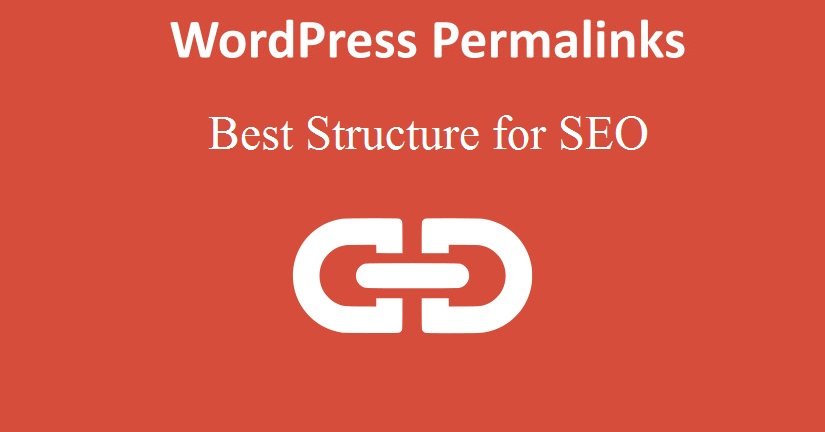


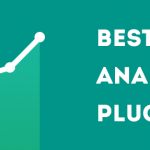


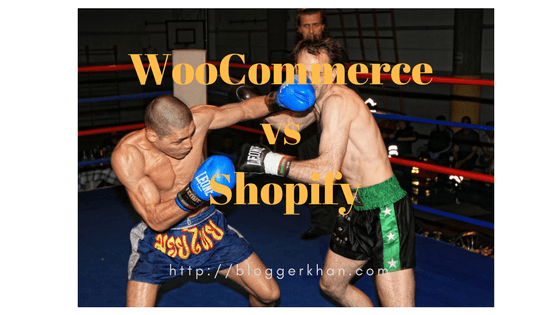

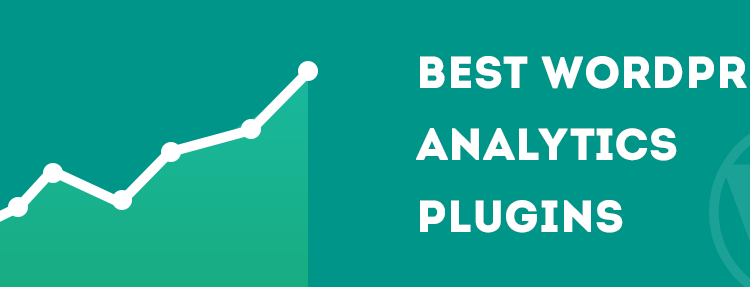







No comments yet.